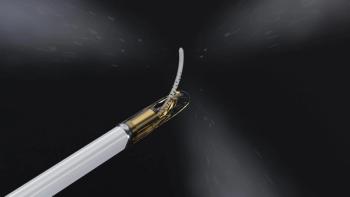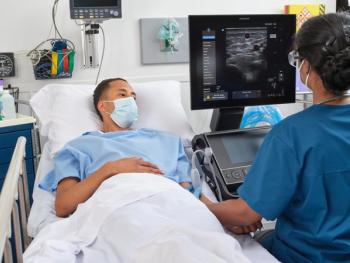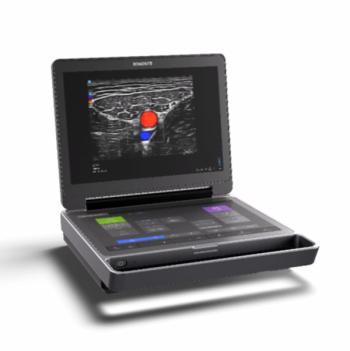
Parasites in bile ducts show up on ultrasound
Intestinal parasites often cause no symptoms until they move into other parts of the body. Ascaris lumbricoides worms sometimes invade the biliary tract, a condition called biliary ascariasis. Identifying this problem can be difficult, but ultrasound was able to detect the worms in a study done in Yemen.
Intestinal parasites often cause no symptoms until they move into other parts of the body. Ascaris lumbricoides worms sometimes invade the biliary tract, a condition called biliary ascariasis. Identifying this problem can be difficult, but ultrasound was able to detect the worms in a study done in Yemen.
A lumbricoides is a roundworm roughly a foot long when full grown. The most common human parasite, it is particularly rampant in tropical areas. Treatment can range from simple hydration and monitoring to surgery, depending on complications caused by the number and location of the worms.
Dr. M. Al Absi and colleagues in the radiology and surgical departments of Sanaa University in Yemen published their paper in the May-June issue of the Annals of Saudi Medicine. The study lasted five years and examined 46 Yemeni patients. The researchers supported the ultrasound findings with clinical and laboratory results and proved the diagnosis with the outcome of surgery, medical management, or spontaneous exit of worms. Follow-up ultrasound on all patients confirmed the diagnosis and helped monitor management.
Parasites were found in the dilated main bile duct in 23 of the patients. They were inside the gallbladder in 12 patients Six patients had worms in the intrahepatic ducts, and one patient showed a parasite in an intrahepatic abscess. In four patients, worms were found in the main pancreatic duct.
The researchers found characteristic signs of A lumbricoides as single or multiple echogenic nonshadowing linear or curved strips with or without the echoic tubular central lines that represent the digestive tracts of the worm. Exams for nine patients showed a spaghetti-like appearance, and two patients' exams showed amorphous fragments.
The locations and diagnoses were confirmed after worms were removed from all patients and the characteristic signs were not found on follow-up ultrasound exams. In seven patients, the worms exited spontaneously. Worms were extracted in 10 patients by endoscopic retrograde cholangiopancreatography. Surgery was necessary in 16 patients, and 13 patients were successfully treated with medication.
The researchers found ultrasound to be an effective, quick, and safe method for confirming the diagnosis and monitoring the management of biliary ascariasis.
Newsletter
Stay at the forefront of radiology with the Diagnostic Imaging newsletter, delivering the latest news, clinical insights, and imaging advancements for today’s radiologists.




























